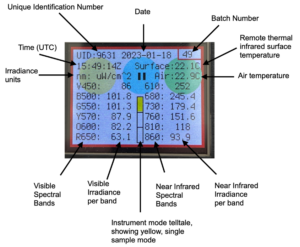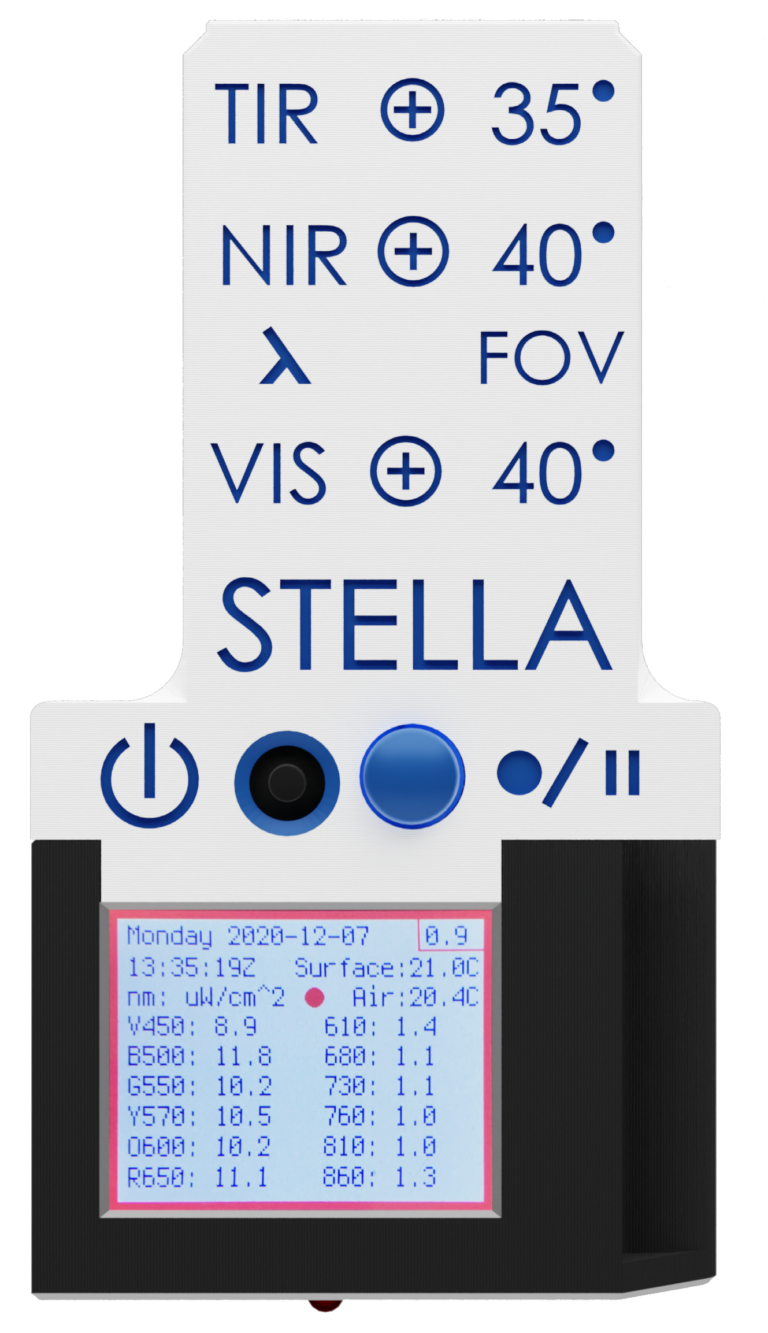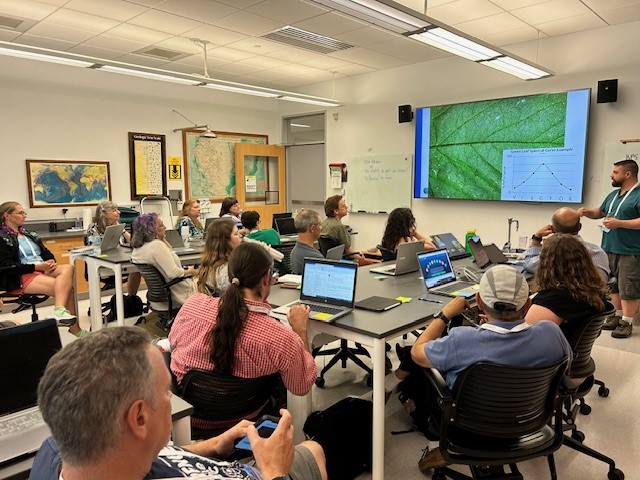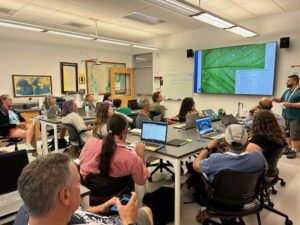If you are looking for a do-it-yourself (DIY) handheld spectrometer, you need to meet STELLA.
STELLA (Science and Technology Education for Land/Life Assessment) is a portable scientific instrument developed by NASA Instrument Systems Engineer Paul Mirel* in partnership with the NASA Landsat Science Outreach team to support education and outreach and to promote engagement, inquiry, and discovery. Through the assembly and operation of a STELLA device, learners and citizen scientists of all ages can gain hands-on experience about remote sensing technology, principles, and applications.
With state-of-the-art sensors, STELLA measures the intensity of light reflected from surfaces across a range of wavelengths in both the visible and near infrared regions of the electromagnetic spectrum. A total of 12 spectral measurements are made, ranging from 450 nanometers (nm) in the violet/blue area of the visible light spectrum to 860 nm in the near infrared region. STELLA also encompasses sensors that measure surface temperature (emitted far infrared light), air temperature, relative humidity, barometric pressure, altitude, and time.

The sensors within STELLA are analogous to the sensors onboard Landsat satellites. Landsat sensors collect high-quality, multi-spectral images of the surface of the Earth. These images, while often colorful and captivating, are also a scientific record of our planet. Landsat data provide a combination of spectral and thermal measurements that can assist scientists in better understanding the status and health of physical environments and ecosystems.
STELLA provides similar spectral and thermal measurements, and it allows citizen scientists, teachers, and students to engage with an affordable Landsat-like device that can collect and record scientific data. With STELLA in hand, users can immediately see how the spectral signature (or reflectance pattern) of a drought-stressed plant compares to a healthy one; how sediment-laden water differs from clear water; or how the temperature of a lush green field contrasts with an adjacent concrete sidewalk.
STELLA brings the foundational, space-based measurements of Landsat down to Earth.
*Paul Mirel is a NASA Instrument Systems Engineer employed by Hexagon US Federal. He spends his days creating pioneering technologies that help improve our understanding of the universe and Earth. He aspires to bring NASA’s wealth of knowledge into educational spaces around the country to increase scientific literacy and interest in STEAM careers.







